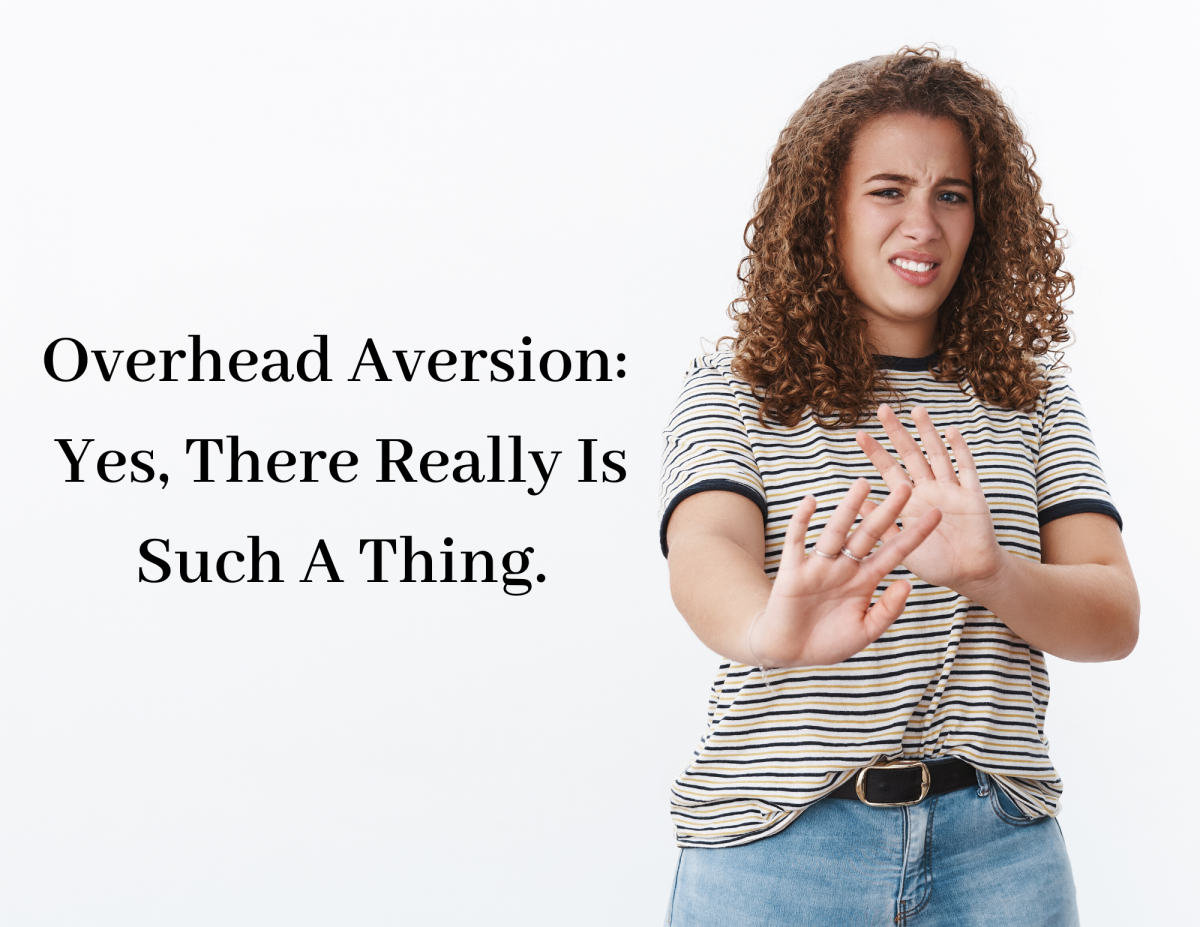
CA Budget Time Again: Small Surplus is Back But Catastrophic Needs Ahead
01.11.2025 | Linda J. Rosenthal, JD

Among the most important developments in 2019 in the nonprofit sector is that cracks are emerging in the disastrous Overhead Myth wall. This concept was first formally described ten years ago in The Nonprofit Starvation Cycle, a groundbreaking article in the prestigious Stanford Social Innovation Review. We’ve written about it several times including most recently in Smashing The Overhead Myth: A Step Forward.
It’s based on two faulty assumptions. First, it has been widely believed by many funders and donors that nonprofit organizations miraculously accomplish their missions on a financial shoestring. Second, there has been a strong preference to fund the “direct” costs of programs and activities instead of “overhead” or “indirect costs.”
This deeply entrenched reluctance of outsider-funders to give money for core functions and obligations including administration and employee compensation, fundraising costs, and infrastructure is sometimes referred to as “overhead aversion.” Of course, within the organizations comprising the nonprofit sector, especially those groups which have been in existence for longer than an early startup phase, there is frustration and bewilderment at why they must continually fight for every last nickel and dime.
Of course, it’s not surprising that this aversion has become so deeply ingrained. It’s more appealing to think of underwriting an exciting charitable program than to pay for an organization’s electric bill. And – unfortunately – charity watchdog groups and rating organizations have reinforced this prejudice against overhead funding. Nonprofits have been – until fairly recently – evaluated on whether their overhead costs are below a certain (and arbitrary) ratio to direct program costs.
There are several categories of funders to consider in this analysis; each must be dealt with differently. Broadly speaking, there are individual donors, funding organizations and foundations, and government agencies at all levels that make grants or award contracts.
For the donor category, there has been some interesting research in the past several years, including a notable study in 2014 as well as a few more in subsequent years that built upon and expanded the research and analysis.
There are useful takeaways from each study.
In the university model, the experiment tested “how varying the level of overhead costs” in competing hypothetical donation scenarios “would affect participants’ willingness to donate.” The results showed quite dramatically “that participants were turned off by overhead.”
The real-world modeling built on the university results but with a deeper dive on certain details. In particular, the researchers tested a key unanswered question: “Were participants turned off by the idea of overhead costs in general, believing that high overhead was a sign of inefficiency or even corruption? Or were they simply averse to the notion that their own donation might go toward overhead?”
Among the key findings of this 2014 study were that “donors tend to avoid charities that dedicate a high percentage of expenses to administrative and fundraising costs,” with an important caveat: this avoidance occurs only “when the donors pay for the overhead themselves.” This led the researchers to propose a solution: “Charities could raise more money from more people if they were to announce that a startup grant had been used to defray overhead expenses.”
According to the existing literature on the topic of donors’ attitudes and practices (including the 2014 study), they prefer to give money to organizations “with low overhead expenditures.” Portilloa and Stein first “replicated” this finding. Their experiments confirmed donors’ “aversion to general overhead, fundraising, and salaries.” If a donor is given an overhead-free choice of charity, then most select that option over a similar charity with an overhead component to which a donor contributes. But there’s an important caveat: the research confirms this aversion, but “essentially only if and when it is brought up while they’re mulling their decision.”
Then Portilloa and Stein wanted to know if donors have aversions to specific categories of overhead. They sought “new results by extending this line of research” to examine “whether donors have an aversion to specific types of overhead. When asked to directly compare their feelings about donating for fundraising-related overhead or for salaries, the clear winner was the fundraising option.
